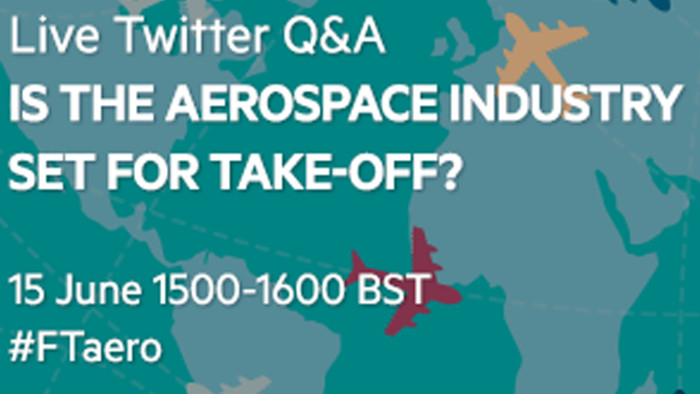Aviation industry works to improve safety

Roula Khalaf, Editor of the FT, selects her favourite stories in this weekly newsletter.
The disappearance of Malaysia Airlines’ flight MH370 en route from Kuala Lumpur to Beijing in March 2014 with 239 people remains one of aviation’s greatest mysteries. Little more than a year later, a pilot with Lufthansa’s low-cost airline was suspected of deliberately steering Germanwings flight 9525 into a mountain in the French Alps, killing all 150 people on board.
These two losses have trained a spotlight on how to prevent similar incidents. This is in spite of an improving aviation record — last year was the safest on record for flying, according to the Aviation Safety Network.
Immediately after the Germanwings crash, in which it is thought co-pilot Andreas Lubitz deliberately locked his fellow pilot out of the cockpit, European airlines introduced a rule that two members of staff should be on the flight deck at all times.
But taking further precautionary measures might be difficult, says David Learmount, an aviation safety expert.
Airlines undertake an annual medical assessment of their captains’ fitness to fly, and pilots are encouraged to act upon any concerns about colleagues.
“But how can you predict that a pilot is going to act like this,” asks Mr Learmount. In attempting to find out, he continues, “you start entering the realms of human rights and employment legislation”.
Twitter Q&A

• How is the oil price collapse affecting civil aviation manufacturers and paying passengers?
• How safe is air travel? How is the industry taking steps to avoid repeats of the past year’s civil aviation disasters?
• Is private space travel about to enter the mainstream?
• Small companies are becoming the backbone of the space industry. Does space exploration belong in the hands of government?
• Combat drones are coming. How soon will they be waging war?
Join us on June 15, at 15:00 BST using #FTaero to discuss
Psychologists in the industry admit it is difficult to predict dangerous crew behaviour. Employers would be unable to discover malicious intent in an employee determined to conceal it, they say, while an alpha male performance culture among pilots tends to discourage them from self-reporting any strains on their mental health.
In the wake of the disappearance of MH370, disbelief at how an aircraft can simply vanish prompted the industry to move towards better tracking of jets. However, these steps focus on locating an aircraft after it disappears, and could not prevent such an incident from taking place.
The International Air Transport Association recommended last year that the location of passenger aircraft should be better monitored, with a signal sent every 15 minutes to record its position.
Airlines are set to adhere to this rule by October 2016, and its adoption will set a common standard — at present, not all aircraft send such signals, and for those that do, alerts are commonly given at 30-minute intervals.
But many believe it likely that even the 15-minute standard will eventually be replaced; the Iata has pronounced that the long-term aim is for jets to report their position every minute. This would sharply reduce the search area in cases such as that of MH370, where the hunt has ranged across 60,000 sq km of seabed in the Indian Ocean at a cost of A$150m, and has so far been fruitless.
Some believe a safeguard against such events lies in improving aircraft systems. However, others in the industry are keen to stress the overall aviation record.
“There is a very high safety level,” says Rémi Jouty, head of the Bureau d’enquêtes et d’analyses pour la sécurité de l’aviation civile (BEA), the French aircraft safety body. “We are talking about a small number of high-profile events.”
Comments